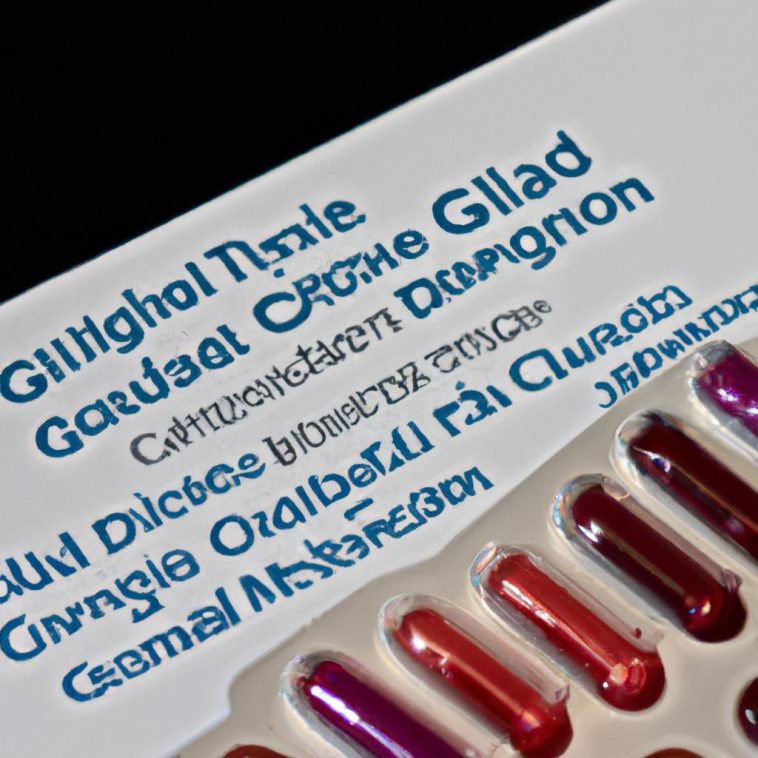Photo By: , Source, CC
GLP-1 Therapies: The Future of Diabetes Management in 2025
Introduction
As we move forward into 2025, the landscape of diabetes management continues to evolve. Among the most promising advancements are GLP-1 receptor agonists, particularly Ozempic and Semaglutide. This article delves into how these therapies are shaping the future of diabetes care.
What are GLP-1 Therapies?
GLP-1 (glucagon-like peptide-1) therapies are a class of medications that enhance insulin secretion, reduce glucagon release, and slow gastric emptying. These drugs are particularly effective for people with type 2 diabetes, offering not just glucose control but also weight management benefits.
Key Benefits of GLP-1 Therapies
- Improved blood sugar control
- Weight loss
- Reduced risk of cardiovascular diseases
- Once-weekly dosing for convenience
Focus on Ozempic and Semaglutide
Ozempic, a brand name for Semaglutide, has garnered significant attention for its efficacy and ease of use. Let’s explore the distinct features and benefits of these therapies.
1. Mechanism of Action
Both Ozempic and Semaglutide function by mimicking the effects of the GLP-1 hormone in the body, leading to enhanced insulin secretion in response to meals.
2. Efficacy in Clinical Trials
Clinical trials have shown that these medications not only lower blood sugar levels but also promote substantial weight loss, making them ideal for overweight patients with type 2 diabetes.
3. Dosing and Administration
Ozempic is administered as a weekly injection, making it a convenient option for patients who may struggle with daily medication regimens.
Looking Ahead: What to Expect in 2025
As we approach 2025, the continued integration of GLP-1 therapies like Ozempic and Semaglutide into diabetes management plans is expected to expand. Healthcare providers will likely focus on the holistic benefits that these medications offer, both in terms of glycemic control and overall health improvement.
4. Enhanced Personalization of Treatment
The future will likely see even more personalized approaches to diabetes treatment, utilizing genetic and biomarker data to tailor GLP-1 therapy for individual patients.
5. Increased Accessibility
With ongoing research and potential future generic versions, the accessibility and affordability of GLP-1 therapies will likely improve, allowing wider populations to benefit from these advancements.
6. Integration with Technology
Expect increased integration between GLP-1 therapies and diabetes management technology, such as continuous glucose monitors (CGMs) and smartphone applications, providing real-time data and insights for better patient outcomes.
Conclusion
GLP-1 therapies like Ozempic and Semaglutide represent a significant advancement in the management of diabetes. As we look forward to 2025, these therapies are positioned to play a crucial role in improving the quality of life for patients, emphasizing effective treatment coupled with health benefits that extend beyond mere blood sugar management.



